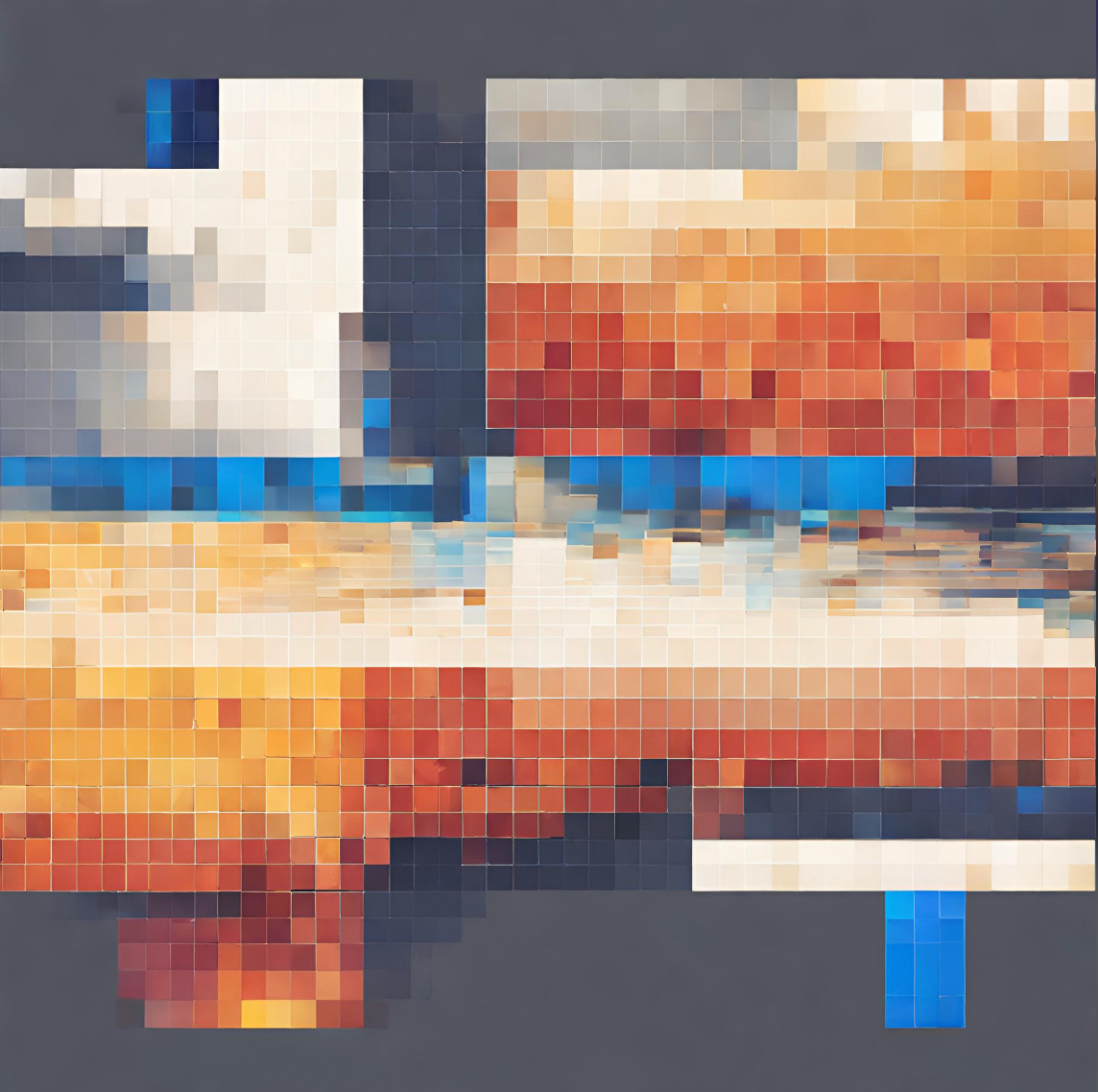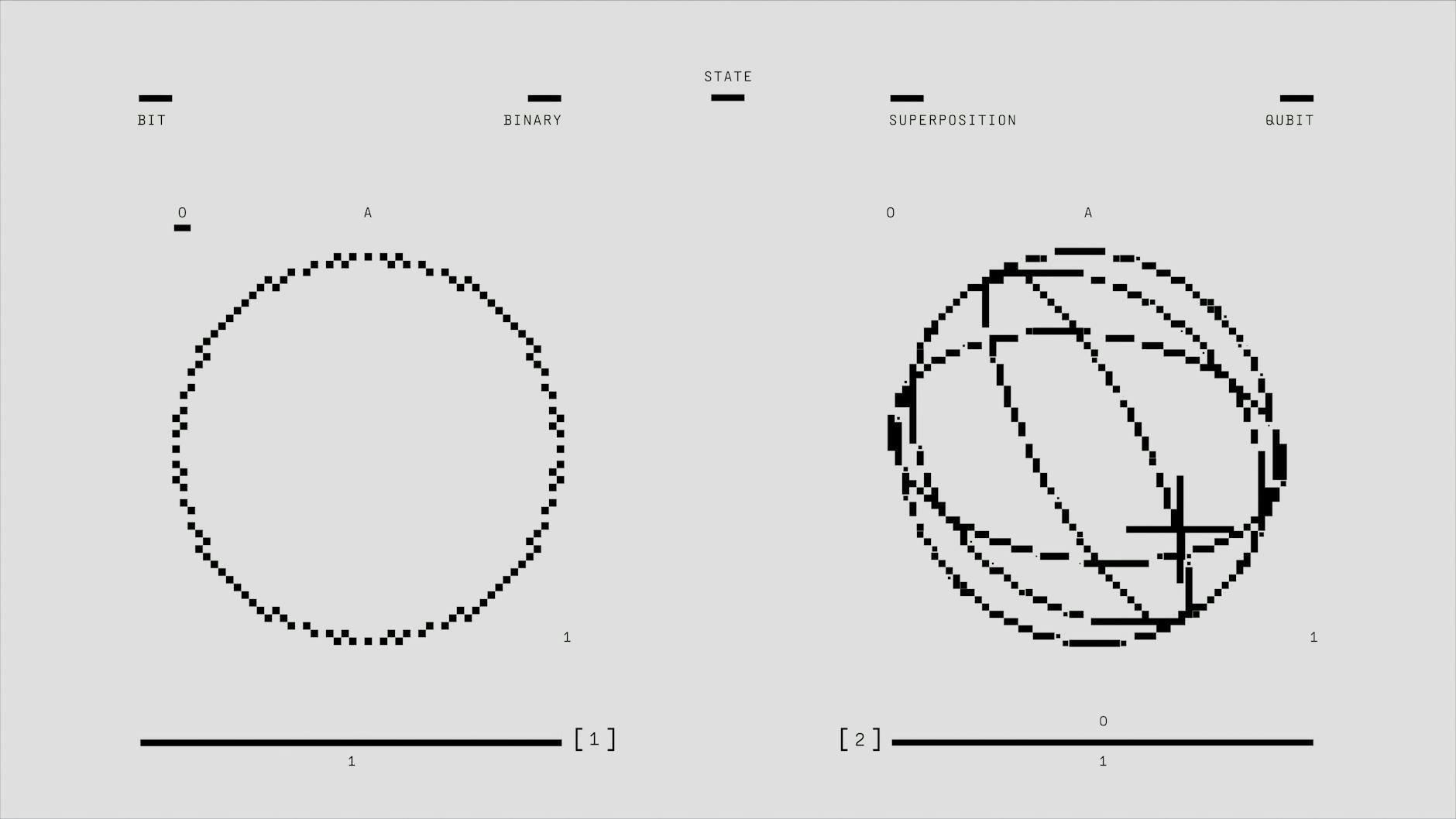Authors:
(1) Anh Pham, Deloitte Consulting LLP;
(2) Andrew Vlasic, Deloitte Consulting LLP.
Table of Links
II. Overview of error Mitigation Methods
IV. Results and Discussions, and References
The study examines the efficacy of the Fire Opal error suppression and AI circuit optimization system integrated with IBM’s quantum computing platform for a multi-modal distribution loading algorithm. Using Kullback-Leibler (KL) divergence as a quantitative error analysis, the results indicate that Fire Opal can improve on the time-dependent distributions generated by our Conditional Quantum Generative Adversarial algorithm by 30-40% in comparison with the results on the simulator. In addition, Fire Opal’s performance remains consistent for complex circuits despite the needs to run more trials. The research concludes that Fire Opal’s error suppression and circuit optimization significantly enhanced quantum computing processes, highlighting its potential for practical applications. In addition, the study also reviews leading error mitigation strategies, including zero noise extrapolation (ZNE), probabilistic error cancellation (PEC), Pauli twirling, measurement error mitigation, and machine learning methods, assessing their advantages and disadvantages in terms of technical implementation, quantum resources, and scalability.
I. INTRODUCTION
Data loading is critical for many quantum algorithms and applications. However, it is a challenging problem when executing on NISQ quantum hardware due to the longer circuit depth in this quantum subroutine. In this report, we demonstrate the utility of error suppression and AI-enabled circuit optimization in Fire Opal to load multi-modal distributions on IBM Kyoto as implemented in our Conditional Quantum Generative Adversarial Network (C-QGAN) algorithm. Specifically, the distributions generated with Fire Opal on quantum hardware produced results much closer to the ideal distributions, and showed an approximate 30% − 40% improvement in results relative to running without it based KL divergence analysis.
Previously we proposed a new quantum algorithm known as C-QGAN [1] to load multiple non-uniform distributions using condition registers. This data loading technique was then applied in conjunction with quantum amplitude estimation [2] to evaluate complex financial instrument called Asian option. The state preparation based on C-QGAN was shown to be less computationally expensive than other well known technique like GroverRudolph [3] and QGAN [4] which can potentially negate the quadratic speedup of algorithm like QAE [5] when they are approximating stochastic processes.
Due to the noisy nature of current NISQ hardware, various error mitigation techniques have been applied to enable improve the outputs when quantum algorithms are run on quantum hardware. Error mitigation techniques are post-processing algorithms, which happen at the software level, that can improve on the distorted values obtained from quantum hardware due to different noise sources. In addition, these techniques have been applied to improve in many variational quantum algorithms [6] which have many important applications in quantum machine learning, chemistry and optimization. However, a potential drawbacks of many error mitigation techniques can be that they require extra classical and quantum computational resources to recover the noisefree values, which limits their applications only for shortdepth circuits [7]. As a result, our report aims to explore error suppression technique, which happens at the hardware level, as implemented in Fire Opal to understand their utility in the state-preparation process.
This paper is

